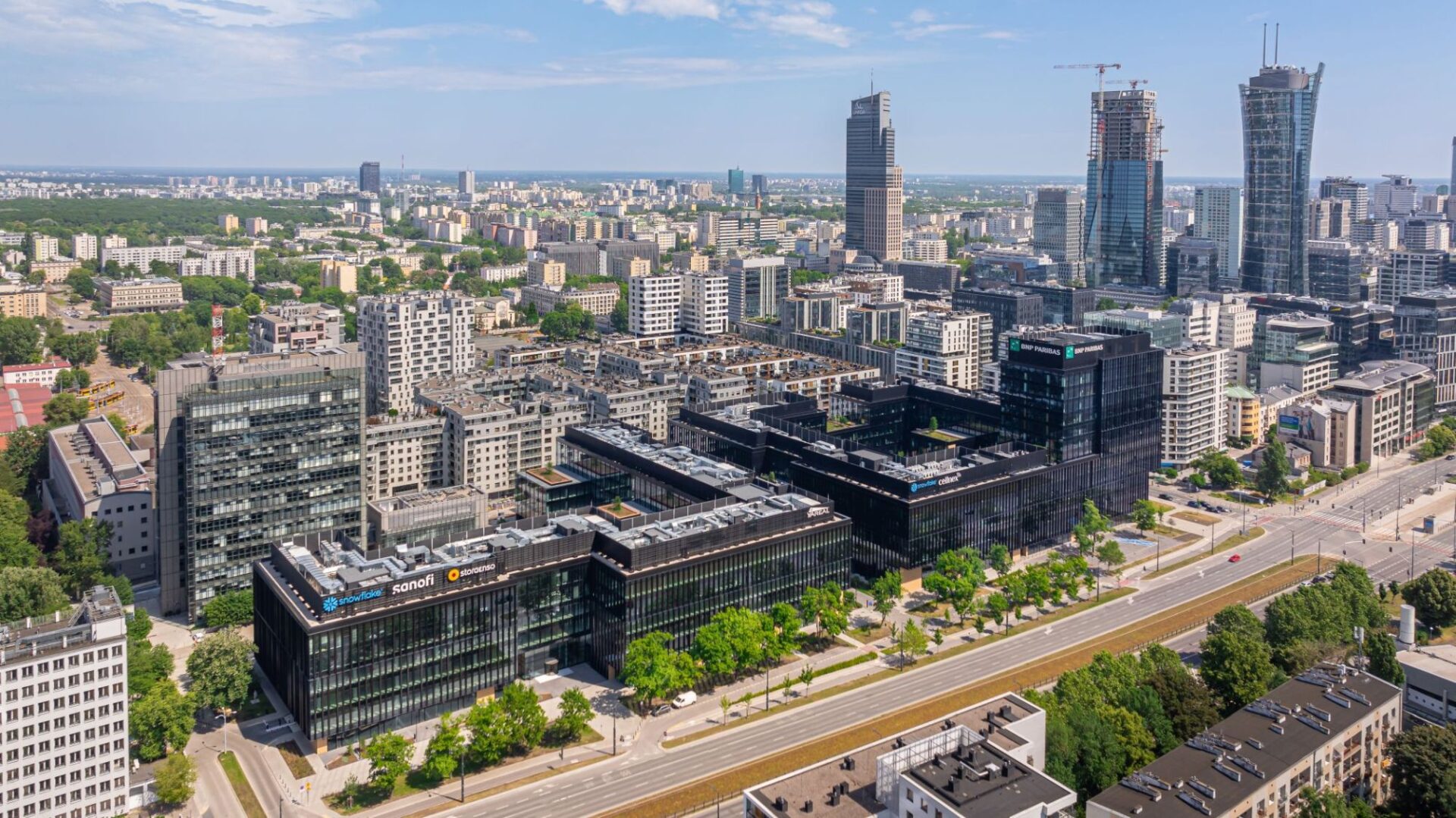The search for yield is having a significant impact on European commercial real estate (CRE) investment according to CBRE’s 2015 Investor Intention’s Survey. As prime yields continue to improve, CRE investors are diversifying their investment strategies and also moving up the risk curve.
This diversification has led to an increased interest in ‘alternative’ real estate. Real estate debt has seen the most dramatic increase in activity over the last two years, from under
€10 billion in 2012 to €49 billion in 2014 and is set to remain the preferred alternative choice this year. 32 of respondents stated that they will actively be pursuing opportunities in real estate debt in 2015, closely followed by student accommodation (27 percent), leisure/entertainment and healthcare (both 17 percent) and retirement living (15 percent).
Of the traditional sectors, offices remain the most popular asset class by some margin, accounting for nearly half of all expected investment activity in 2015. However, there was also a noted preference this year for industrial and logistics assets, which is well in excess of the overall amount of investable stock, suggesting that demand is much greater than supply for this asset class.
Unsurprisingly, given the level of interest in real estate and the capital value growth that has been seen in recent years, access to competitively priced stock is the biggest problem for investors today. Nearly all (91 percent) investors cited one of ‘availability of assets’, ‘asset pricing’ or ‘competition from other investors’ as the biggest obstacle to activity.
This has also led to a shift in the types of assets being pursued and a move up the risk curve. Investors’ preference for good secondary has now overtaken prime by a small margin. However, the most interesting change is the strong jump in the attractiveness of value-add and opportunistic assets, 10 percent higher than in 2014, and now top of investors’ wish lists.
At a country level, the UK remains the most attractive market for real estate investment in Europe, selected by 31 percent of all respondents, with Germany and Spain sharing second place on 15 percent. Beyond these top three results, which closely mirror investors’ preferences in 2014, there have been some substantial shifts. The largest change this year was the 10 percent of investors who selected France as EMEA’s most attractive market, up from just 5 percent last year. Italy also saw an increase attracting 6 percent of responses up from 4 percent in 2014. Both countries experienced a significant jump in investment activity in the final quarter of 2014, and in the case of Italy very nearly half the year’s turnover was seen in the final quarter, suggesting further investment growth in France and Italy this year.
Respondents’ selections for city preference closely followed country level preferences. London was the most frequently chosen option at 30 percent, with Madrid second at 14 percent. Paris also produced a strong result with 10 percent of investors rating it as their preferred market and another significant mover was Milan, which attracted 5 percent of preferences. The main German cities combined were considered the most attractive investment location by 14 percent of respondents. In keeping with the theme of greater diversity of investment, cities outside the top ten attracted a substantial share of investors’ preferences, 19 percent in 2015 versus just 9 percent in 2013.
Jonathan Hull, Managing Director of EMEA Capital Markets at CBRE, commented: “Investors are constantly having to evolve their investment strategies, in their pursuit of yield and returns, as demand for European commercial real estate shows no sign of abating. This diversification is leading investors into new markets and sector. However, there is still significant demand for core locations and assets, particularly from the growing influx of capital from outside the region.
“Interestingly, a large proportion of respondents stated their intention to increase their overall trading activity, across a broader spectrum of risk, this year. This movement up the risk curve should benefit a far wider range of markets and sectors across the region.”
Richard Barkham, Global Chief Economist at CBRE, added: “Despite the fact that core real estate prices are now markedly higher across most of Europe than a few years ago, investors are still strongly attracted to the region. This is not surprising given the spread of property yields over government bond rates. When compared to other territories, Europe still appears to offer the best value.”







